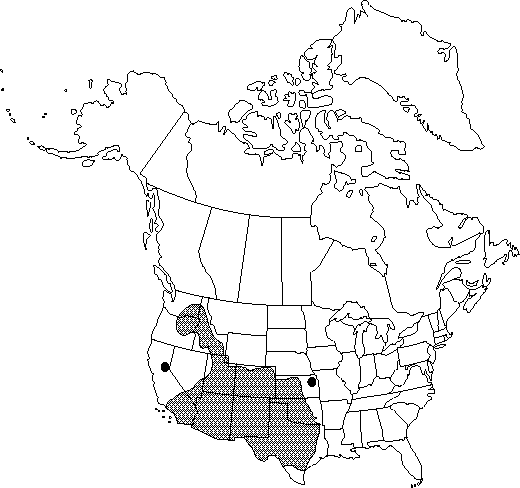Celtis reticulata
Ann. Lyceum Nat. Hist. New York 2: 247. 1828.
Trees or shrubs, (1-) 7 (-16) m; trunks rarely 6 dm diam.; crowns ± rounded. Bark gray with corky ridges. Branches without thorns, upright, villous when young. Leaves: petiole 3-8 mm. Leaf-blade ovate, 2-4.5 (-7) × 1.5-3.5 cm, thick, rigid, base cordate or occasionally oblique, margins entire or somewhat serrate above middle, apex obtuse to acute or somewhat acuminate; surfaces pubescent, abaxially yellow-green, adaxially gray-green, grooved, scabrous or not. Inflorescences of 1-4 flowers in axils of young leaves. Drupes reddish or reddish black when ripe, orbicular, (5-) 8-10 mm diam., beaked; pedicel (4-) 10-14 mm.
Phenology: Flowering late winter–spring.
Habitat: On dry hills, often on limestone or basalt, ravine banks, rocky outcrops, and occasionally in sandy soils
Elevation: 300-2300 m
Distribution

Ariz., Calif., Colo., Idaho, Kans., Nev., N.Mex., Okla., Oreg., Tex., Utah, Wash., Wyo., n Mexico
Discussion
The Navaho-Kayenta used Celtis reticulata medicinally in the treatment of indigestion (D. E. Moerman 1986).
Selected References
None.
Lower Taxa
"thick" is not a number.